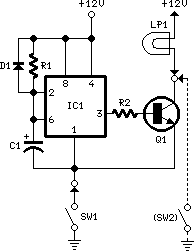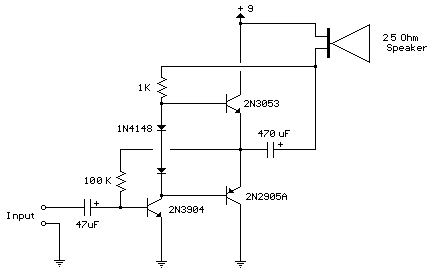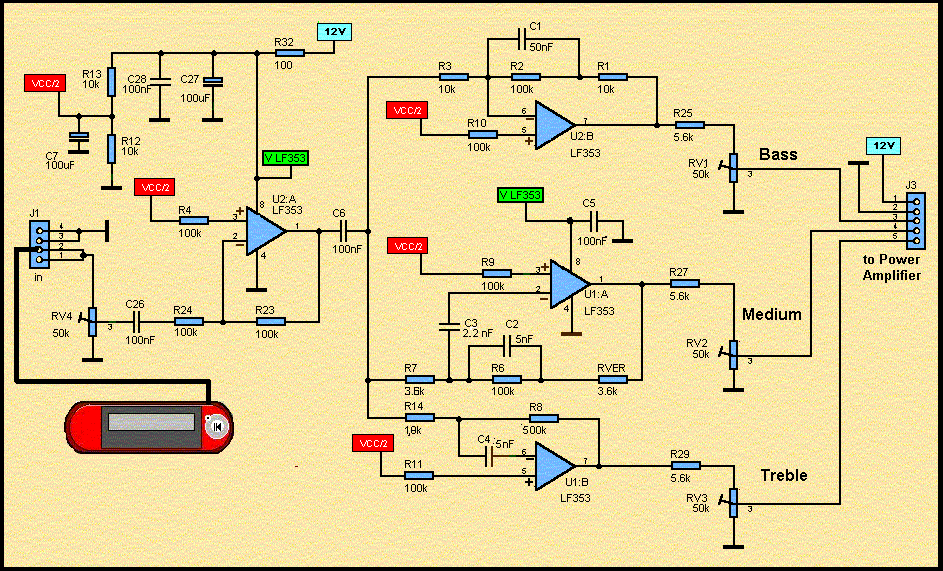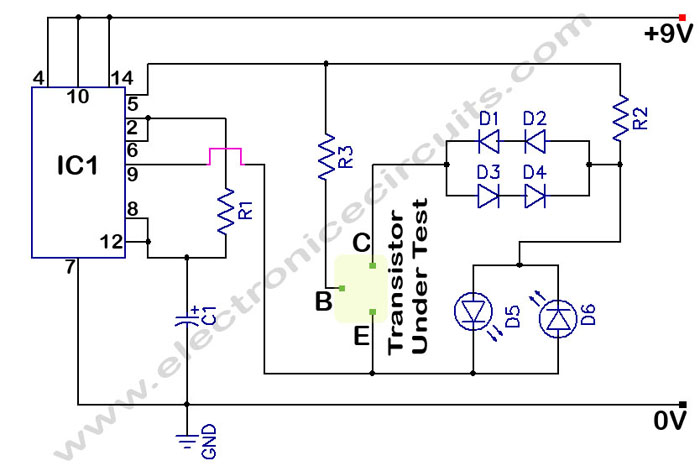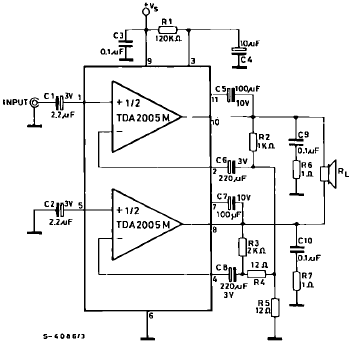
Wireless Car AlarmCircuit With 2N3904 Transistor

The following circuit illustrates a Wireless Car Alarm Circuit Schematic Diagram. Features include the ability to detect sounds within a 20-meter radius, a 1/16 wavelength antenna, and the capability to transmit radio signals up to 2 kilometers. Q1 serves as the pre-amplifier for the microphone, while the FM transmitter circuit emits a strong radio frequency into the environment. Components used in this circuit include a 2N3904 transistor, resistors, capacitors, an antenna, a switch, and a battery.
The Wireless Car Alarm Circuit operates by utilizing a microphone that captures sound within a specified radius. The captured audio signals are then amplified by the Q1 pre-amplifier, which is critical for ensuring that even faint sounds can trigger the alarm system. The 2N3904 transistor is employed for its high gain and reliability, making it suitable for this application.
The FM transmitter circuit is designed to radiate a robust radio frequency signal, which allows for effective communication over a distance of up to 2 kilometers. This feature is advantageous for vehicle security, as it enables the owner to receive alerts from a significant range. The antenna, designed to be a 1/16 wavelength in size, optimizes the transmission of the radio signals, enhancing the overall performance of the alarm system.
In addition to the microphone and transmitter, the circuit includes various passive components such as resistors and capacitors, which are essential for signal conditioning and stability. A switch is integrated into the design to allow the user to activate or deactivate the alarm system as needed. The circuit is powered by a battery, ensuring portability and ease of installation in various vehicle types.
Overall, this Wireless Car Alarm Circuit offers a comprehensive solution for enhancing vehicle security through advanced sound detection and long-range communication capabilities. The careful selection of components and the design of the circuit contribute to its effectiveness and reliability in real-world applications.The following circuit shows about Wireless Car Alarm Circuit Schematic Diagram. Features: pick up every sound in the 20m radius, 1/16 wave length antenna, transmit radio signal up to 2 kilometers, Q1 is the pre-amplifier for the microphone, FM transmitter circuit radiate strong radio frequency to the environment. Component: 2N3904 Tra nsistor, Resistor, Capacitor, Antenna, Switch, Battery. [circuitschematic. blogspot. com] 🔗 External reference
The Wireless Car Alarm Circuit operates by utilizing a microphone that captures sound within a specified radius. The captured audio signals are then amplified by the Q1 pre-amplifier, which is critical for ensuring that even faint sounds can trigger the alarm system. The 2N3904 transistor is employed for its high gain and reliability, making it suitable for this application.
The FM transmitter circuit is designed to radiate a robust radio frequency signal, which allows for effective communication over a distance of up to 2 kilometers. This feature is advantageous for vehicle security, as it enables the owner to receive alerts from a significant range. The antenna, designed to be a 1/16 wavelength in size, optimizes the transmission of the radio signals, enhancing the overall performance of the alarm system.
In addition to the microphone and transmitter, the circuit includes various passive components such as resistors and capacitors, which are essential for signal conditioning and stability. A switch is integrated into the design to allow the user to activate or deactivate the alarm system as needed. The circuit is powered by a battery, ensuring portability and ease of installation in various vehicle types.
Overall, this Wireless Car Alarm Circuit offers a comprehensive solution for enhancing vehicle security through advanced sound detection and long-range communication capabilities. The careful selection of components and the design of the circuit contribute to its effectiveness and reliability in real-world applications.The following circuit shows about Wireless Car Alarm Circuit Schematic Diagram. Features: pick up every sound in the 20m radius, 1/16 wave length antenna, transmit radio signal up to 2 kilometers, Q1 is the pre-amplifier for the microphone, FM transmitter circuit radiate strong radio frequency to the environment. Component: 2N3904 Tra nsistor, Resistor, Capacitor, Antenna, Switch, Battery. [circuitschematic. blogspot. com] 🔗 External reference

